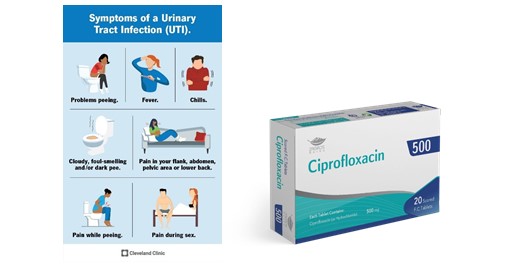A provider prescribes a sublingual medication for a client who has an NG tube in place. Which of the following actions should the nurse take?
Administer the crushed medication through the NG tube.
Dissolve the medication in water and give it through the NG tube.
Administer the medication under the client’s tongue.
Request a prescription for an oral formulation of the medication.
The Correct Answer is C
The correct answer is choice c. Administer the medication under the client’s tongue.
Choice A rationale:
Administering the crushed medication through the NG tube is inappropriate because sublingual medications are designed to be absorbed through the tissues under the tongue, not the gastrointestinal tract. Crushing and administering it through the NG tube would alter its intended absorption and effectiveness.
Choice B rationale:
Dissolving the medication in water and giving it through the NG tube is also incorrect for the same reasons as Choice A. Sublingual medications are specifically formulated to be absorbed through the mucous membranes under the tongue, and changing the route of administration can affect the drug’s efficacy.
Choice C rationale:
Administering the medication under the client’s tongue is the correct action. Sublingual medications are designed to be absorbed directly into the bloodstream through the tissues under the tongue, bypassing the digestive system and providing rapid onset of action.
Choice D rationale:
While some medications can be safely switched to oral formulations for NG tube administration, such a change is only necessary when the prescribed route (in this case, sublingual) cannot be used. Without contraindications (e.g., inability to hold the medication under the tongue or mucosal issues), the original sublingual route should be followed.
Nursing Test Bank
Naxlex Comprehensive Predictor Exams
Related Questions
Correct Answer is D
Explanation
Ciprofloxacin is a fluoroquinolone antibiotic that can cause tendon problems 1. The nurse should instruct the client to report any tendon discomfort while taking this medication.
'
Correct Answer is A
Explanation
Prophylactic antibiotics are antibiotics given to prevent an infection from occurring. They are often used in situations where there is a high risk of infection, such as during surgery or dental procedures. However, prophylactic antibiotics are not recommended for all clients.
Option b is a situation where prophylactic antibiotics are recommended. Clients with prosthetic heart valves are at an increased risk of developing infective endocarditis (infection of the heart lining) during dental procedures due to the risk of bacteria entering the bloodstream.
Option c is another situation where prophylactic antibiotics may be used. Clients who have had an emergency cesarean section are at an increased risk of developing post-operative infections, and prophylactic antibiotics may be given to prevent this.
Option d is also a situation where prophylactic antibiotics may be used. Total hip arthroplasty is a surgical procedure that involves replacing the hip joint with a prosthesis. Clients who undergo this procedure are at an increased risk of developing a surgical site infection, and prophylactic antibiotics may be given to prevent this.
Option a, on the other hand, does not warrant prophylactic antibiotics. A fever of unknown origin does not necessarily indicate an infection, and antibiotics should only be given when there is a confirmed bacterial infection. Inappropriate use of antibiotics can lead to antibiotic resistance and other adverse effects.
Whether you are a student looking to ace your exams or a practicing nurse seeking to enhance your expertise , our nursing education contents will empower you with the confidence and competence to make a difference in the lives of patients and become a respected leader in the healthcare field.
Visit Naxlex, invest in your future and unlock endless possibilities with our unparalleled nursing education contents today
Report Wrong Answer on the Current Question
Do you disagree with the answer? If yes, what is your expected answer? Explain.
Kindly be descriptive with the issue you are facing.
